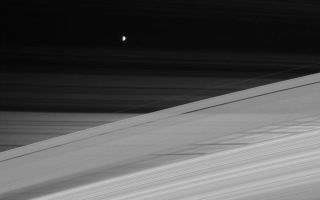
PIA07515: Moon Against the Shadows
|
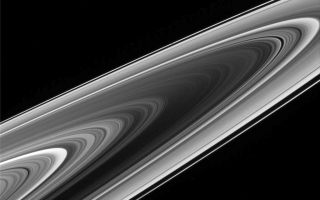
PIA07520: What's That Speck?
|

PIA07521: Funhouse Atmosphere
|
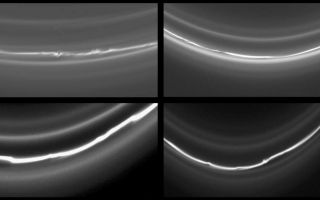
PIA07522: Four Views of the F Ring
|
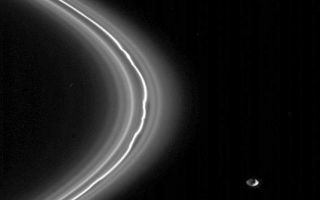
PIA07523: Pandora's Flocks
|
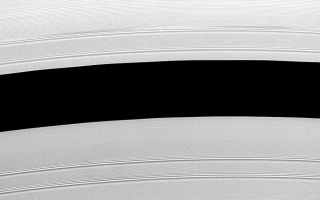
PIA07533: Resonant Effects
|
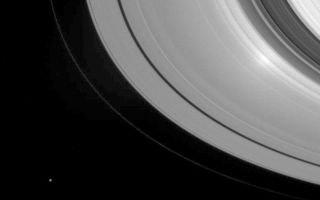
PIA07543: Rings At Opposition
|
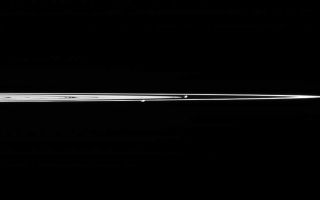
PIA07544: F Ring Shepherds
|
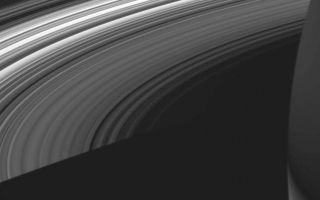
PIA07551: Dim on the Darkside
|
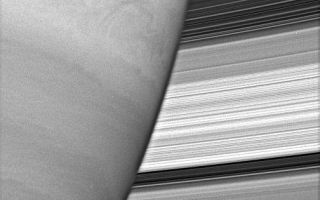
PIA07552: Beyond the Limb
|
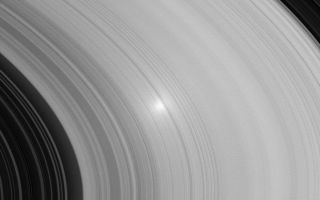
PIA07556: Opposition View
|
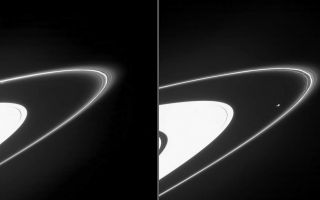
PIA07558: Two F Ring Views
|
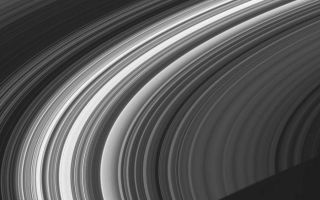
PIA07559: Luminescent Rings
|
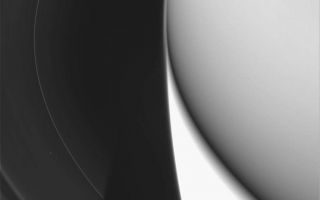
PIA07568: D is for "Dust"
|
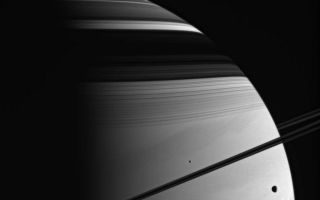
PIA07569: Supreme Beauty
|
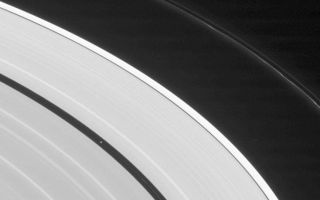
PIA07574: Ring Study Subjects
|
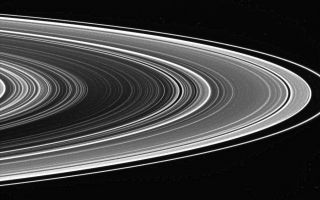
PIA07576: On the Lookout for Spokes
|

PIA07578: Diagnostic Darkness
|
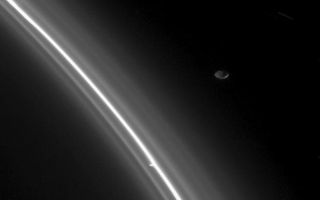
PIA07579: Keeping Things in Check
|
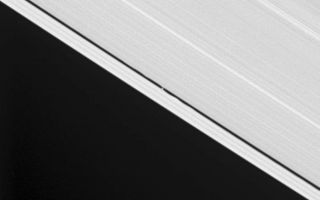
PIA07584: Keeler Moon and Waves
|
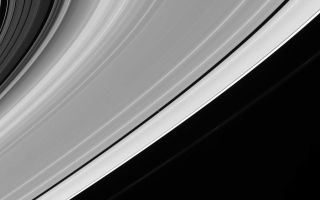
PIA07591: Sweeping Ring View
|

PIA07595: Clumps for Encke
|
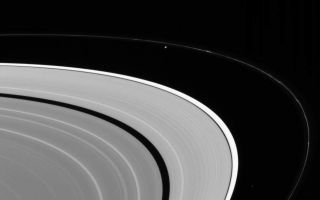
PIA07598: The In-Between Moons
|
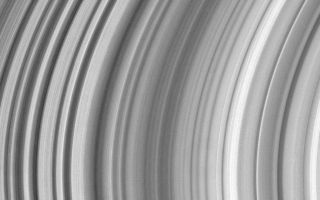
PIA07610: Mysterious B Ring
|
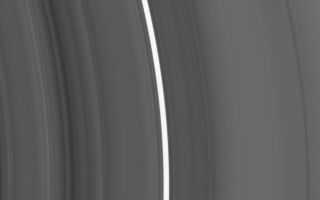
PIA07611: Bright "Plateau"
|
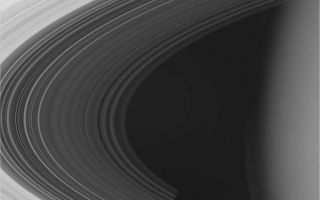
PIA07613: Framing the C Ring
|
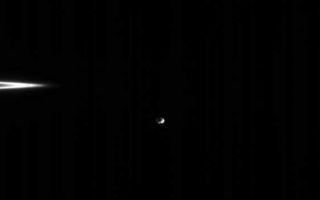
PIA07615: Switcharoo Moons
|
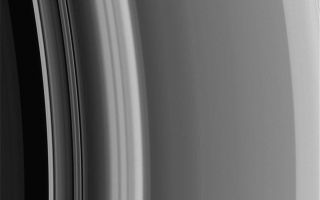
PIA07616: The Cassini Division's Edge
|
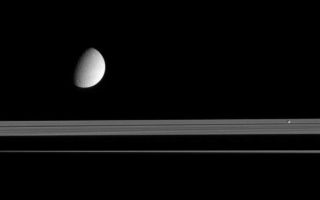
PIA07625: Dione and Pandora
|
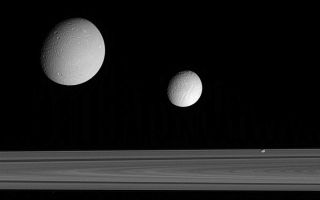
PIA07628: Satellite Trio
|